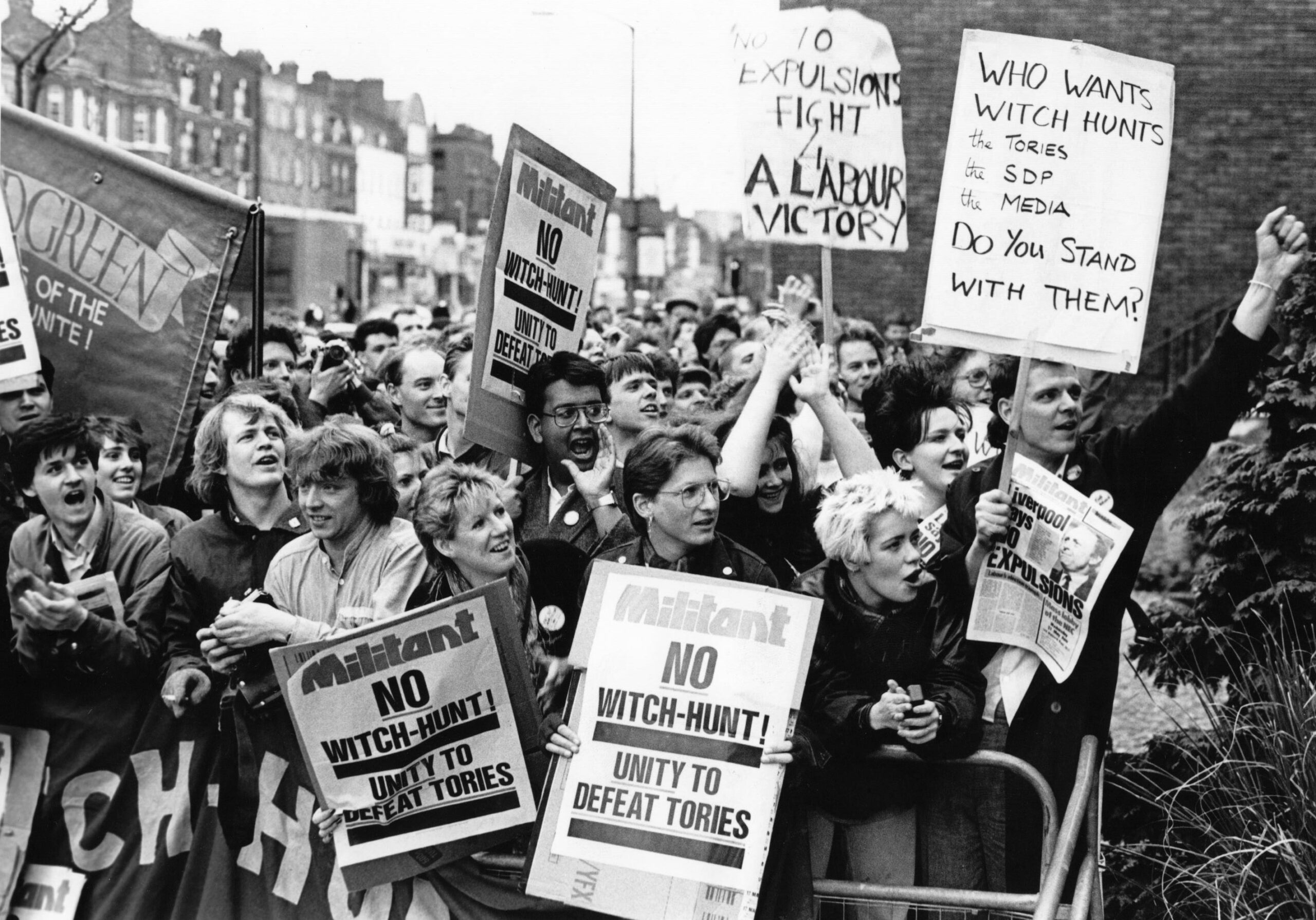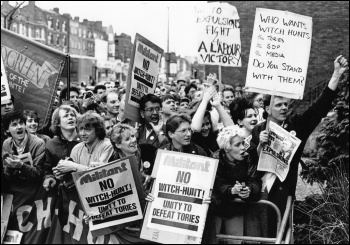Liverpool’s 1983-87 socialist council – power to the people!
Following the Grenfell Tower fire disaster, columnist Simon Jenkins in the Guardian attacked the policy of building residential tower blocks. In the article he says: “When in the 1980s Liverpool’s Militant movement asked Everton’s inhabitants what should be done with their towers, the reply was pull them down and give us back the streets. It was done.”
This acknowledgement of the then Militant-led socialist council – democratically responding to the needs of the city’s working class – hints at what was achieved in the teeth of opposition from the Thatcher-led Tory government and right-wing in the Labour Party.
Former Liverpool city councillor and Socialist Party member Tony Mulhearn, in an earlier interview with the Socialist, explains those achievements, how they were won and the lessons for today’s anti-austerity movement.
What were the biggest achievements of the council?
We built 5,000 houses and flats – gardens back and front in many cases. We demolished some of the worst housing in Western Europe. We then cancelled all monetary cuts and redundancies planned by the outgoing council. We built six new nursery schools. We expanded council services.
We had apprenticeships for council jobs. At one stage we had something like 16,000 workers engaged in council projects. So in effect we translated socialism into the language of jobs, the language of houses, the language of nursery schools.
When the council was elected big cuts were being made to council budgets by the Tory government. How did you avoid making them?
Between 1979 and 1983 the Tories had slashed £120 million from Liverpool City Council’s budget. In addition to that the outgoing local Tory-Liberal administration had left unallocated cuts of £10 million and was making 2,000 redundancies.
We had the choice of either saying there’s nothing we can do and implementing the cuts or to fight back. We chose not to implement the cuts and instead to set a ‘needs budget’, and we launched a fighting campaign.
So, we were in the position that councillors are in today, but we took an entirely different stance.
Militant supporters were not actually a majority on the council – how did your ideas get carried through?
In those days the local Labour party determined policy. Militant and its predecessors had conducted a campaign over decades inside Liverpool Labour Party for the adoption of socialist policies. And that’s what the District Labour Party (DLP) did, it adopted socialist policies.
And in those days when the party had determined the policy, the councillors had to carry it out. So the DLP concretised what was contained in Clause IV of the Labour Party constitution (its socialist commitment – scrapped by Blair in 1995) in relation to housing, jobs and services – all of which the council then implemented.
How did the councillors link up with trade unions and working class people in the city?
The DLP was a fine, democratic organisation. It was made up of trade unions, women’s committees, the Young Socialists, party branches and constituency parties, the Co-ops – all had delegates to the DLP. And that was the spring board we used to reach out to wider sections of the working class.
On that basis we were able to mobilise tens of thousands at the demonstrations. And on three occasions 30,000 council workers took strike action to defend the policies of the council.
So this notion peddled by the right wing in the Labour Party, like former Labour leader Neil Kinnock, and supported by the capitalist press, that it was some kind of tiny group which had captured control of the council, was nonsense.
We couldn’t have achieved what we did without mass support from the labour movement and wider working class communities.
How did the right wing respond to your success?
They generated a campaign of hysteria in the capitalist press.
Thatcher’s minister Norman Tebbit used his position in parliament to demand of Kinnock – ‘what was Labour going to do about the Liverpool extremists?’ Bowing to this pressure Kinnock launched a savage attack on Liverpool at the 1985 Labour Party conference.
Shortly after, Labour’s right wing suspended the DLP, this was preceded by the unelected District Auditor’s decision to fine and remove the 47 fighting Labour councillors from office.
Kinnock then proceeded to conduct the most horrendous witch-hunt against not only Militant supporters but also any lefts who supported building houses and creating jobs.
Nonetheless the socialist legacy of that movement continues in Liverpool to this day.

Tony Mulhearn (Liverpool 47) speaking from the Socialist Party’s ‘open mic’ on the 16th April national anti-austerity demonstration in London, photo Paula Mitchell
Liverpool – A city that dared to fight
by Peter Taaffe and Tony Mulhearn
£11.99 + 10% postage (payable to Socialist Books)
020 8988 8789
Left Books, PO Box 24697, London E11 1YD








